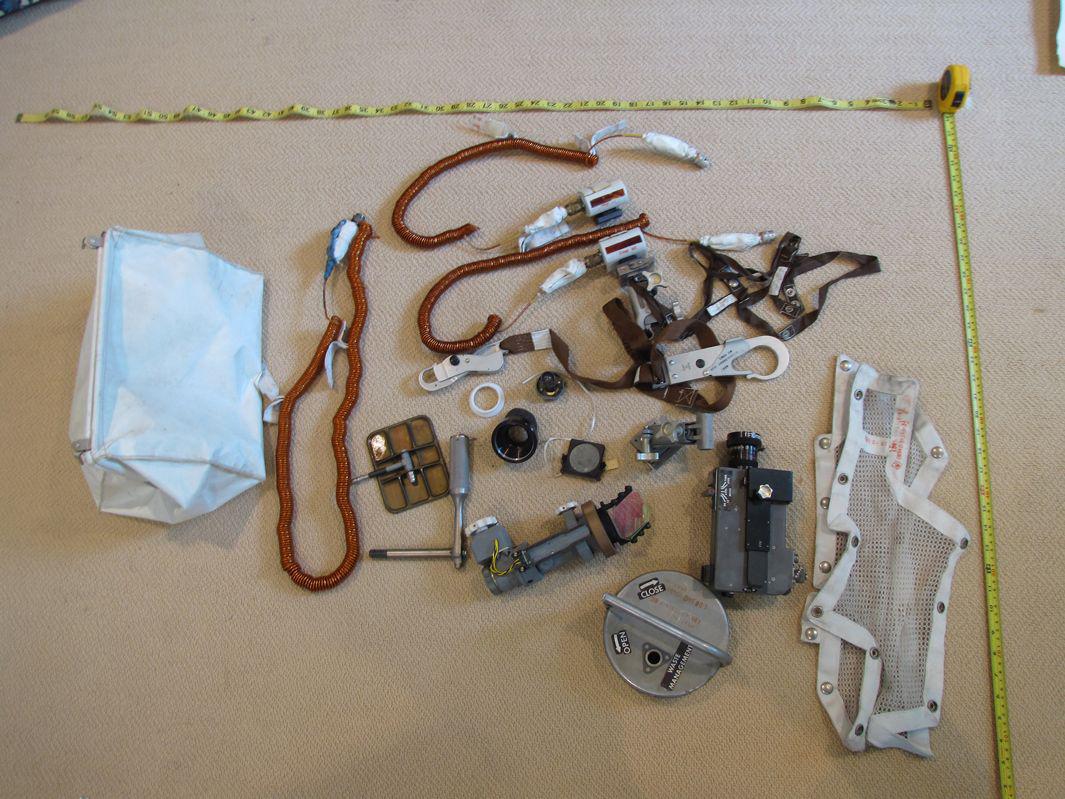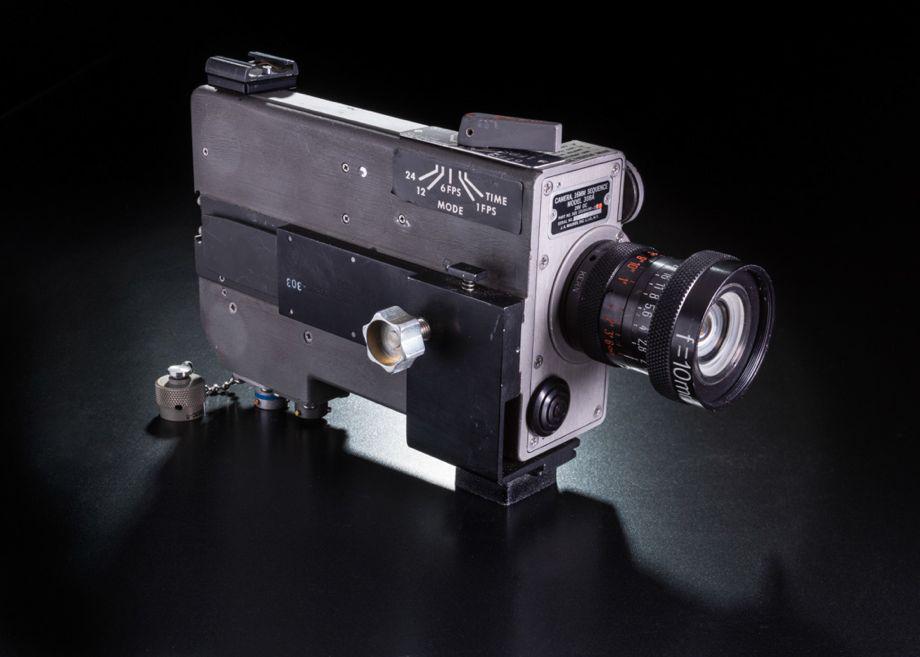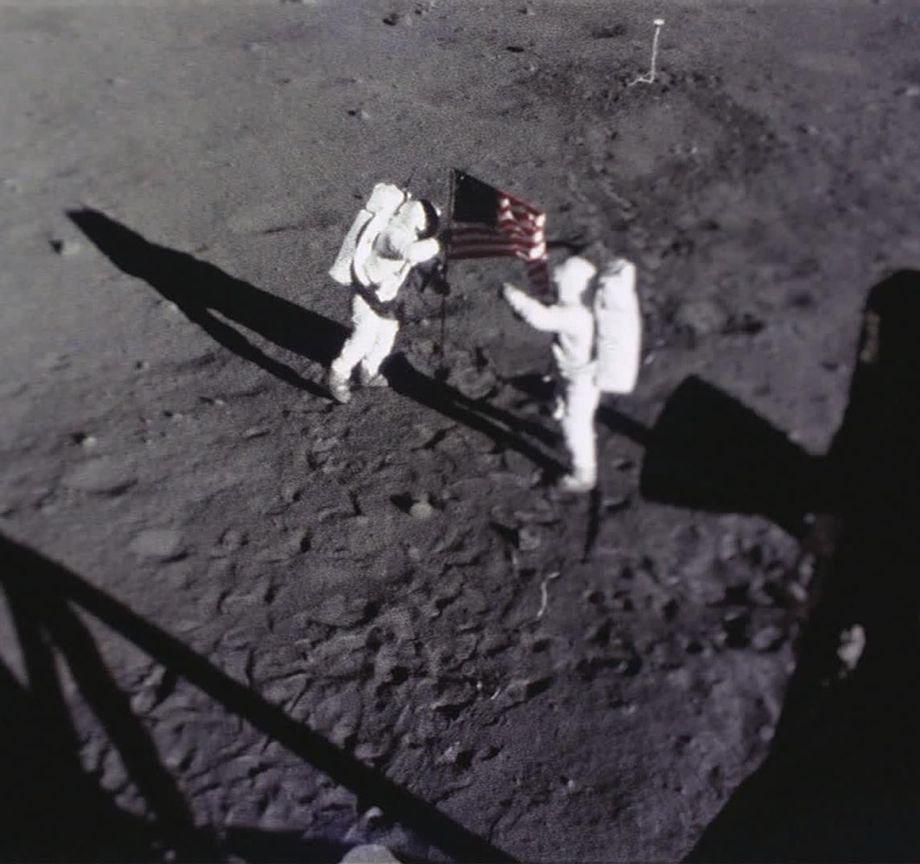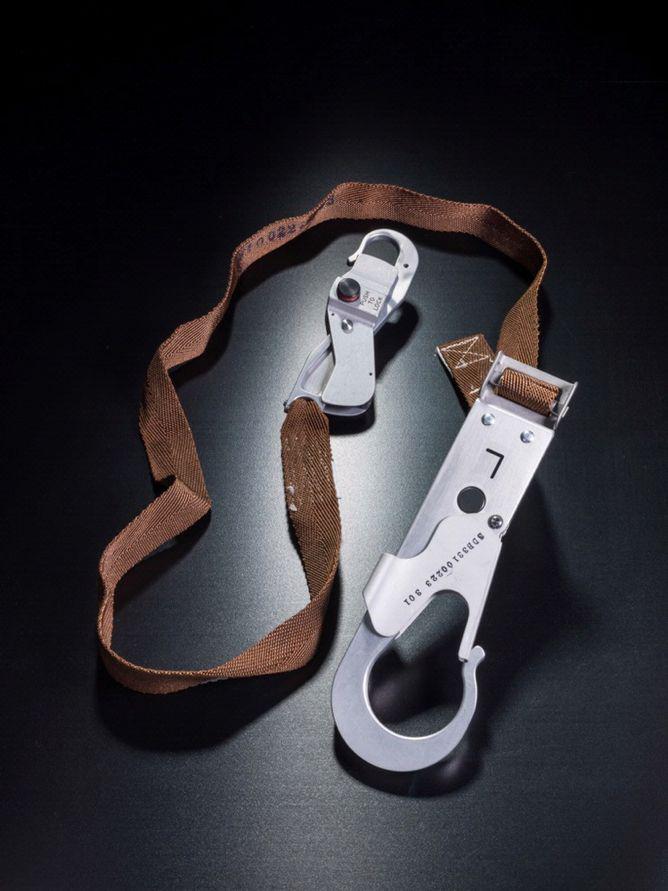When Neil Armstrong’s widow, Carol, was sorting through his closet after his death in 2012, she stumbled on a sack of moon landing artifacts. The bag was meant to be left on the lunar surface, but Armstrong had brought it back down to Earth, stashing it in his closet until his death.

Courtesy of the National Air and Space Museum/Smithsonian Institution
Carol Armstrong turned the purse over to the National Air and Space Museum in Washington for further examination. According to the museum’s space history department curator Allan Needell, the so-called McDivitt purse was named after Apollo 9 Commander James McDivitt, who suggested a solution for temporarily stowing objects when there wasn’t time to return them to fixed stowage. Officially called a temporary stowage bag, or TSB, the purse opened and closed like a clutch, was stowed in the lunar module during launch, and was fitted with pins to attach it to sockets in front of the commander’s station to the left of the lunar module hatch.

Photo by Dane Penland. Courtesy of the National Air and Space Museum/Smithsonian Institution.
Needell writes that after closely examining the contents of the purse, experts determined that all of the items were from the lunar module Eagle, the first crewed vehicle to land on the moon, carrying Armstrong and Buzz Aldrin. “[The items] were assembled in the Temporary Stowage Bag and saved from the fate that awaited Eagle’s ascent stage and all of its contents: crashing into the lunar surface.”

Courtesy of NASA
The curator writes that evidence that the items were intentionally preserved is found in the mission transcripts themselves, which are referenced by the Apollo 11 crew soon after Armstrong and Aldrin rejoined Michael Collins in lunar orbit. “While still in the Lunar Module and after lunar orbit rendezvous with the Command Module, Neil and Buzz spent considerable time passing over to Mike the rock boxes and the contingency samples they had collected from the Moon,” Needell writes. “Less than an hour before they were ready to jettison Eagle, mission transcripts record Armstrong saying to Collins (Mission Elapsed Time (MET): 129:14:53): ‘You know, that — that one’s just a bunch of trash that we want to take back — LM parts, odds and ends, and it won’t stay closed by itself. We’ll have to figure something out for it.’ ”
“As far as we know, Neil has never discussed the existence of these items and no one else has seen them in the 45 years since he returned from the Moon,” Needell writes.

Photo by Dane Penland. Courtesy of the National Air and Space Museum/Smithsonian Institution.
Two artifacts from the bag—the 16mm Data Acquisition Camera that was mounted in the window of the lunar module Eagle to capture the historic landing and a waist tether that Armstrong used to support his feet while briefly resting on the moon—are currently on display at the museum in a recently opened exhibition.
For more detailed information about the purse and its contents, head over to NASA.
